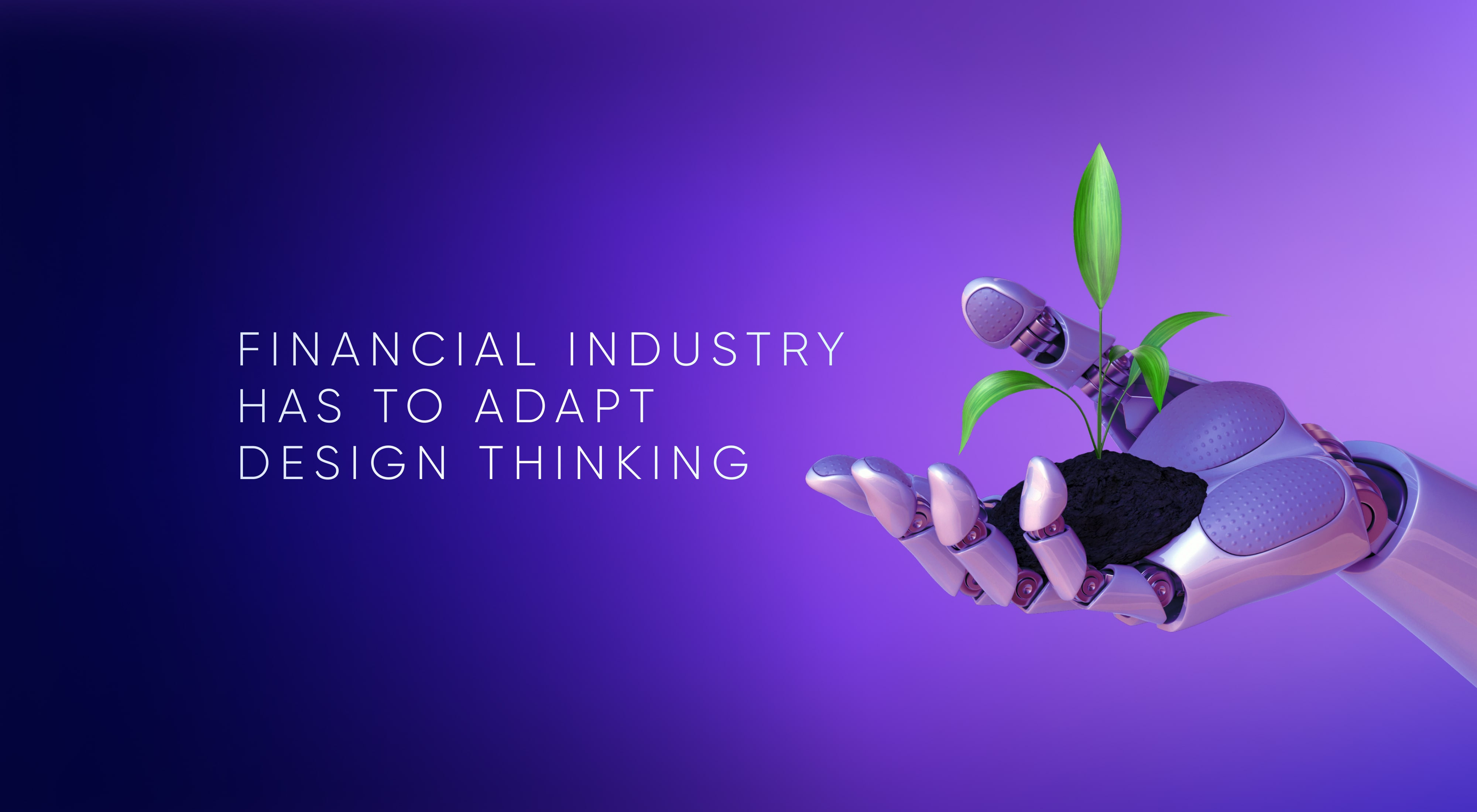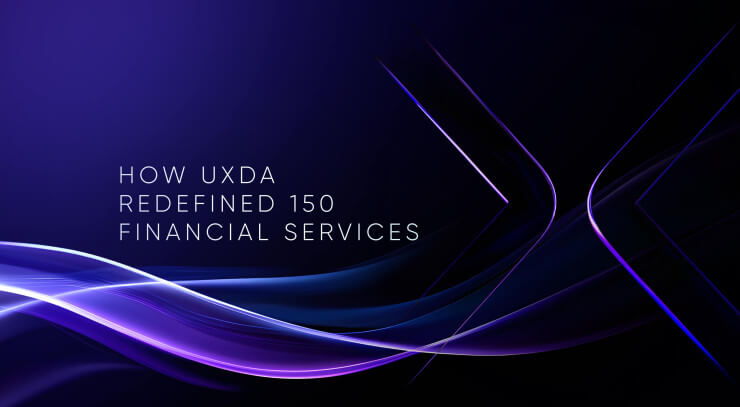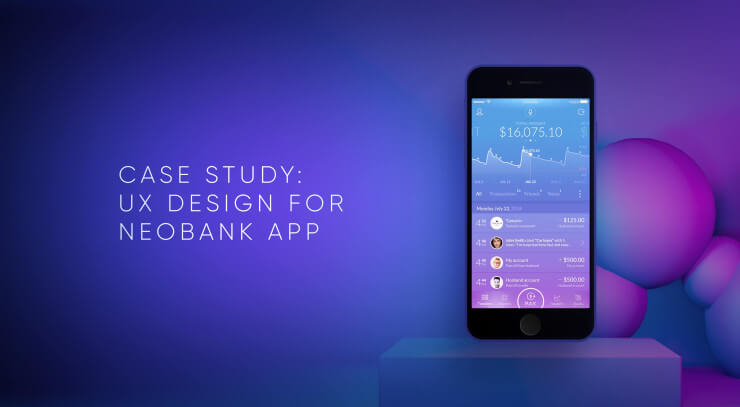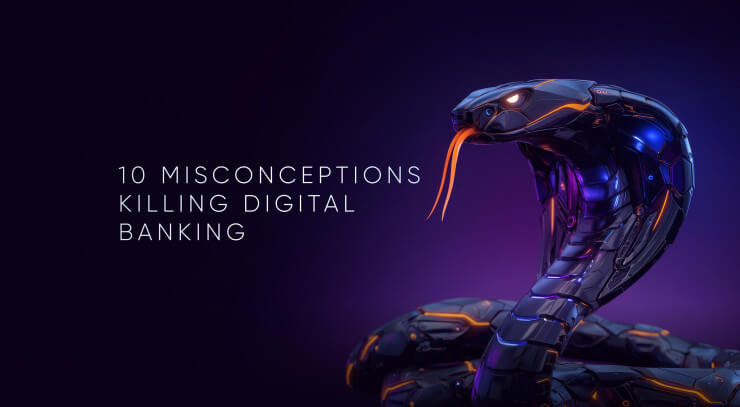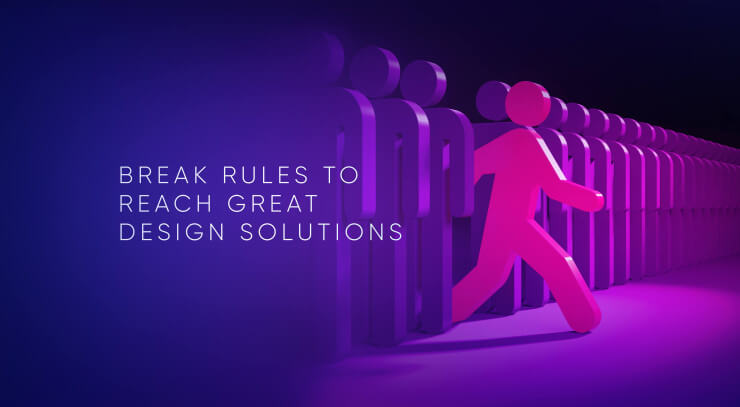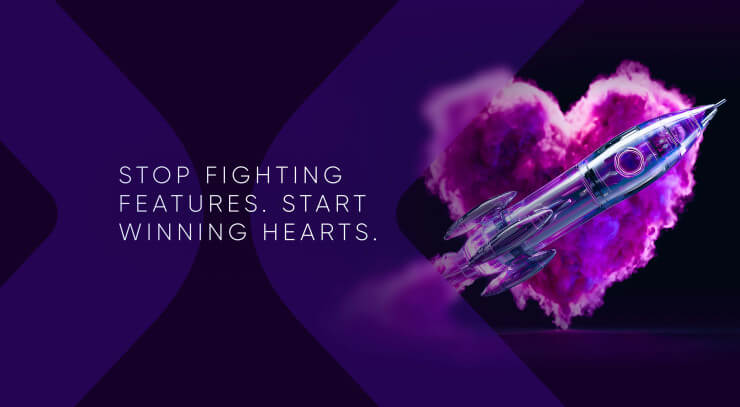Design Thinking is needed to adapt banking services to the new world. Some experts fear that the sharing economy will destroy a traditional capitalism with its global corporations, banks, and supply chain. For instance, Uber — a simple service to search private drivers — that practically destroyed the licensed taxi labor market and led to mass taxi drivers’ strikes in New York, Chicago, San Francisco and London.
Fall of financial industry barriers will affect the future of banking
Sharing economy is also known as a peer-to-peer economy, mesh, the collaborative economy, collaborative consumption — a socio-economic system, built around the sharing of human and physical resources.
However, this trending concept of sharing economy is not only about consumer behavior changing, it`s about mind transformation. Thousands of years ago it was necessary to find a local marketplace and get some goods through the barter deals. Later it became all about money, but nowadays new solutions appear to bring back a «hand to hand» model on a global scale.
How can it change our reality and impact the financial industry? Let’s take, for example, music industry. On one side, hyper-distribution leads to a significant drop in profits from the classic forms of purchasing music content. On the other side, brilliant indie projects can appear on the market freely. Besides, market studies show that revenues from live performances increased significantly.
Actually we are talking about the fall of market barriers. It’s never been easier to start your desired business, even if you don’t have enough resources. It means we have to find solutions that will fit a market needs. New models to develop business at the age of sharing economy, because the economy which was held on resources deficiency disappearing. Instead of dictating terms to the client financial industry of the future must learn to predict his wishes using design thinking process for innovation.
Even the banking sector monopoly is forced to take into consideration technological progress. Peer-to-peer loans from ordinary people, non-bank wire transfers, and crowd funding invade the inner sanctum. Bitcoin experiment went even further, in order to prove the possibility of an independent e-currency existence which entirely based on blockchain technology.
Design thinking in finance could help the new economy
Lots of latest technology startups rocketed on implementing sharing economy concept through Design Thinking. For example, AirBNB started offering peer-to-peer property rental in 2008 and evaluated at a 10B dollars six years later. Sharing platforms are all around us: Uber for taxi, GitHab for coding, Amazon for selling, Alibaba for wholesaling, TaskRabbit for helping, DogVacay for pets, GetAround for car rent, Parking Panda for parking, Postmates for delivery, Skillshare for education, Vayable for travel, 3DHubs for 3D printing.
Same happens in the financial industry: Zopa for loans, Kickstarter for crowd-funding, Bitcoin for currency, TransferWise for payments, Acorns for saving, LendingClub for investing and so on. All of them are only marketplaces, they did not create and do not own the products they sell. These companies reinvent technology in banking industry using design thinking in finance.
Why do they succeed? Because they offer simple and clear solutions comparing with traditional competitors. To achieve that they have to understand consumers, find out consumers needs and behavior and put those insights in the framework of business model. Other words they using technology to provide an excellent user experience. Their design is literally disrupting industries.
For financial industry the conclusion is obvious — in a human-centered economy technology in banking industry has to be user-centered. So, a complete UX audit and user-centered design thinking in finance will be a great milestone to include in your strategy. Let's share happiness with your customers!
Get UXDA Research-Based White Paper "How to Win the Hearts of Digital Customers":
 If you want to create next-gen financial products to receive an exceptional competitive advantage in the digital age, contact us! With the power of financial UX design, we can help you turn your business into a beloved financial brand with a strong emotional connection with your clients, resulting in success, demand, and long-term customer loyalty.
If you want to create next-gen financial products to receive an exceptional competitive advantage in the digital age, contact us! With the power of financial UX design, we can help you turn your business into a beloved financial brand with a strong emotional connection with your clients, resulting in success, demand, and long-term customer loyalty.
- E-mail us at info@theuxda.com
- Chat with us in Whatsapp
- Send a direct message to UXDA's CEO Alex Kreger on Linkedin


